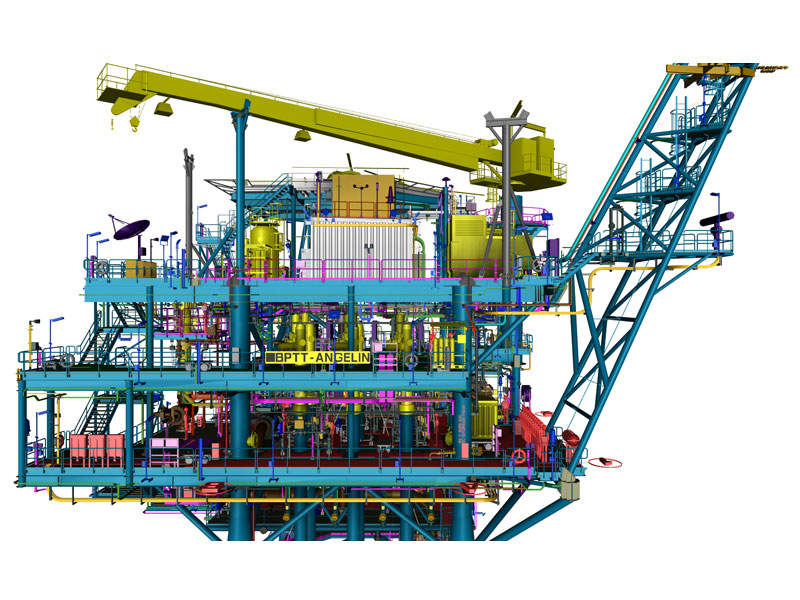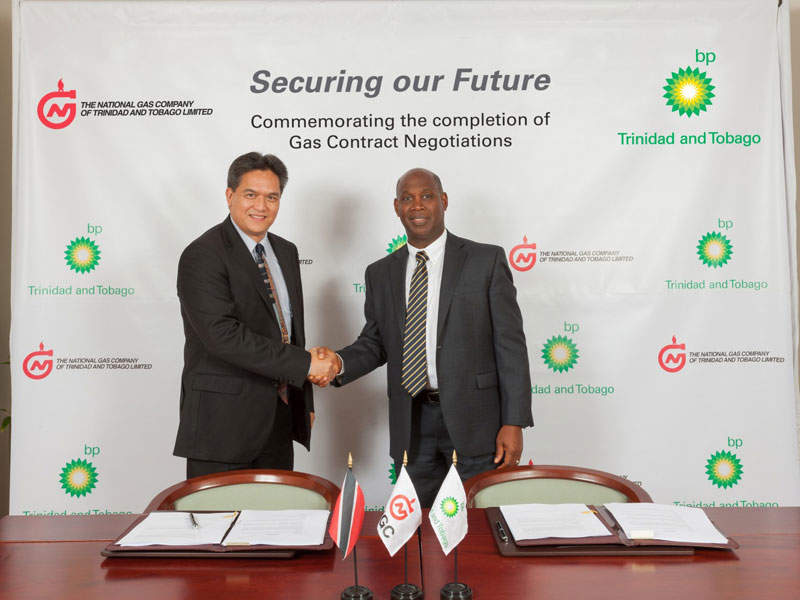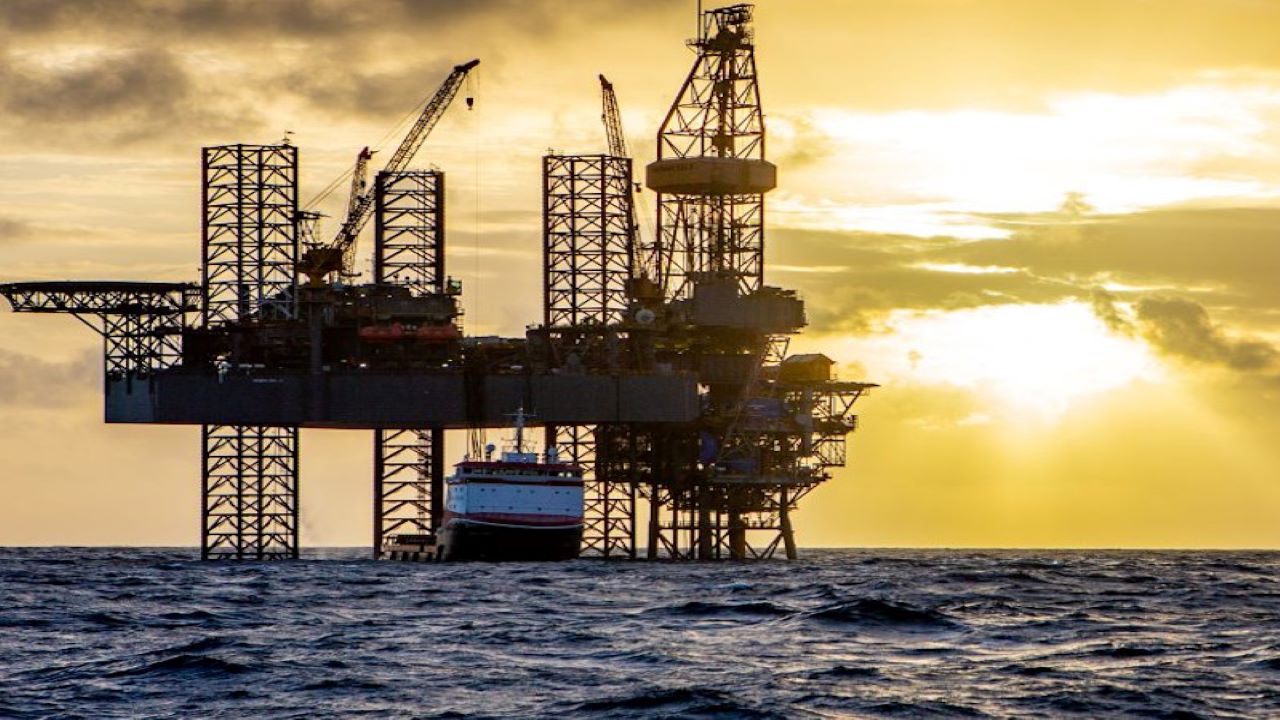The Angelin gas field is located 25 miles (40km) off the shore of Trinidad and Tobago in 213ft (65m) of water.
A joint enterprise between BP (70%) and Repsol (30%) known as BP Trinidad & Tobago (BPTT) is the owner and operator of the field.
Angelin lies on the eastern coast of Trinidad.
It is BPTT’s second-biggest investment in the region after Juniper, costing an estimated $800m.
The Angelin project was sanctioned by BPTT in June 2017 following the execution of a gas sales agreement with Trinidad’s National Gas Company.
The execution of the agreement was also an important step towards the development of the field and future investments in the region valued at approximately $5bn to $6bn, which BPTT has scheduled to take place over five years through 2021.
First gas production from the field was achieved in February 2019, and the area’s development is expected to boost the national gas production rate and improve gas security across the surrounding region.
Angelin discovery, geology and reserves
Angelin is a dry gas field located in a water depth of 65m within the northern Columbus Basin, offshore Trinidad.
The field was discovered after the drilling of the El Diablo well in 1995. Angelin was appraised in 2006 with the drilling of the La Novia well.
BP conducted an Ocean Bottom Cable (OBC) seismic campaign to further understand the geology of the field in 2012 and 2013.
The seismic campaign helped in proving the feasibility of Angelin and also led to the discovery of two major prospects known as Savannah and Macadamia.
The Angelin field is estimated to contain 1.5 trillion cubic feet of gas.
Development of the Trinidad and Tobago offshore field
Angelin was developed through a normally unmanned platform with a production capacity of 600 million standard cubic feet of gas a day (MMscfd).
The development includes four wells drilled to depths of 2,500m to 4,000m.
One well produces from a single reservoir while the remaining three wells produce from two reservoirs.
The produced gas and fluids are transported to the Serrette platform via a 21km, 26in-diameter export pipeline and further onto the Cassia B platform for processing.
The processed gas is transported to BPTT’s Beachfield / Atlantic LNG facility while the liquids are exported to the Galeota terminal through an existing pipeline network.
Angelin field platform and facilities
Angelin’s six-slot wellhead platform was constructed in an approximate water-depth of 215ft, 64.37km off the southeast coast of Trinidad. It includes a 992t four-legged pile jacket and a 1,323t four-deck topside.
The platform and export pipeline was installed using McDermott’s DLV 2000 derrick lay vessel.
The platform features a 26.37in riser, a 26in subsea tie-in spool to the existing subsea Wye at Serrette and one 26in subsea tie-in spool to the new Wye skid.
It also includes one subsea Wye skid each at Serrette and Angelin and one isolation skid at Serrette.
A wellhead control panel was installed on the platform to control the operation of the Xmas tree valves.
A chemical injection unit equipped with an injection corrosion inhibitor protects the pipelines and process equipment from corrosion.
Contractors involved with Angelin field development
McDermott was awarded the contract to carry out the pre-FEED, FEED and detailed engineering of the field development facilities.
The company also won the engineering, procurement, construction, installation and commissioning contract for the facilities in June 2017.
Frames Group was subcontracted by McDermott to provide a wellhead control panel and a chemical injection unit.
Honeywell was awarded a Multiple Awards Contract (MAC) for the project. Add Energy was awarded a maintenance build contract to develop a full asset maintenance build programme for the project.






